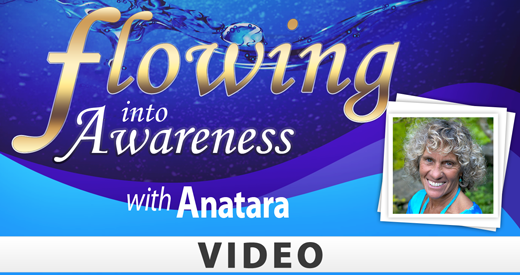| YogaHub |  |
University of British Columbia Teaching
It’s August 2nd and I am just off the plane into Vancouver, sitting at a coffee shop at the University of British Columbia. This morning I will teach three hours of pain science and physiotherapy pain management to the masters of physical therapy students.
This is one of the most pleasant aspects of my work – teaching students.
The reality for health professionals is that anything we do not learn in university is highly suspect. Another reality for health professionals is that the majority of our training promotes the behavior in which knowing the right answer is more important than being curious. Few university or post-grad courses provide an opportunity to re-think about what we think.
This morning I will have the opportunity, thanks to my Clinical Assistant Professor position, to provide education that provides the students with another glimpse of an alternative perspective of pain and on the lived experience of people in pain. Certainly, other professors have offered a non-mechanistic view of pain and taught the biopsychosocial model of pain. Yet the majority of PT education inadvertently draws a direct line from tissue damage to pain, and provides a dualistic view of the person in pain. We often graduate with seemingly rational views such as “if we cannot find the structural reason for the pain (in the body), then the problem must be in the mind”.
Let’s be clear. Few people make such statements when they teach health professionals or students. The problem is the inferences. We are trained to follow a certain line of reasoning based on negative treatment outcomes. When the patient is not improving, we first question our physical assessment skills. If repeat assessment comes to the same conclusion, then we look into the possibility that a patient’s lack of improvement is due to our failure to provide effective treatment to the patient – hence the ongoing desire to get more tools in our tool boxes. “If I just knew more physical techniques, I could make more people better”.
Sometimes the reason people don’t improve with physical therapy is due to issues related to one’s ability to physically assess the body. Sometimes people don’t improve because the physical therapist has not learned how to apply a treatment to the body well enough. Sometimes the problem is that we are not using the correct technique. Yet there is another very likely possibility that seems to be overlooked. The physical therapy may be too focused on changing tissue damage; too focused on correcting the anatomical and structural aspects of the patient. Many times, when pain persists, we need to consider focusing on treating the pain as well.
As best as we can determine, pain is a protection system. Typically, when the body is injured, the protection systems become sensitized and, as time passes and the body repairs, this sensitivity decreases. Unfortunately, there are times when work must be done to decrease the sensitivity of this system.
One of the key lessons I hope that the physical therapy students will learn is that lack of positive outcomes may be related to a patient’s nervous system becoming sensitized. With this as an option, physical therapists will start to assess for central and peripheral sensitization. With this as an option, physical therapists will begin to direct treatment at decreasing nervous system sensitivity – for which many of our hands-on skills are highly effective. And with this as an option, more of the people we assess and treat will attain the goals that we all have when we are injured and have pain – less pain, better function, and better quality of life.
I should end now on a very positive note: Thanks to the dedicated work of PT academics in Canada, our PT students are learning a new way to assess and treat people. We continue to excel at treating the physical body, and are now including pain and the nervous system into the list of those ailments we can effectively treat.
[tags] teaching, pain, traditional ideas, change, reasoning, assessment, physical therapy, treatment, nervous system, sensitivity, [/tags]






